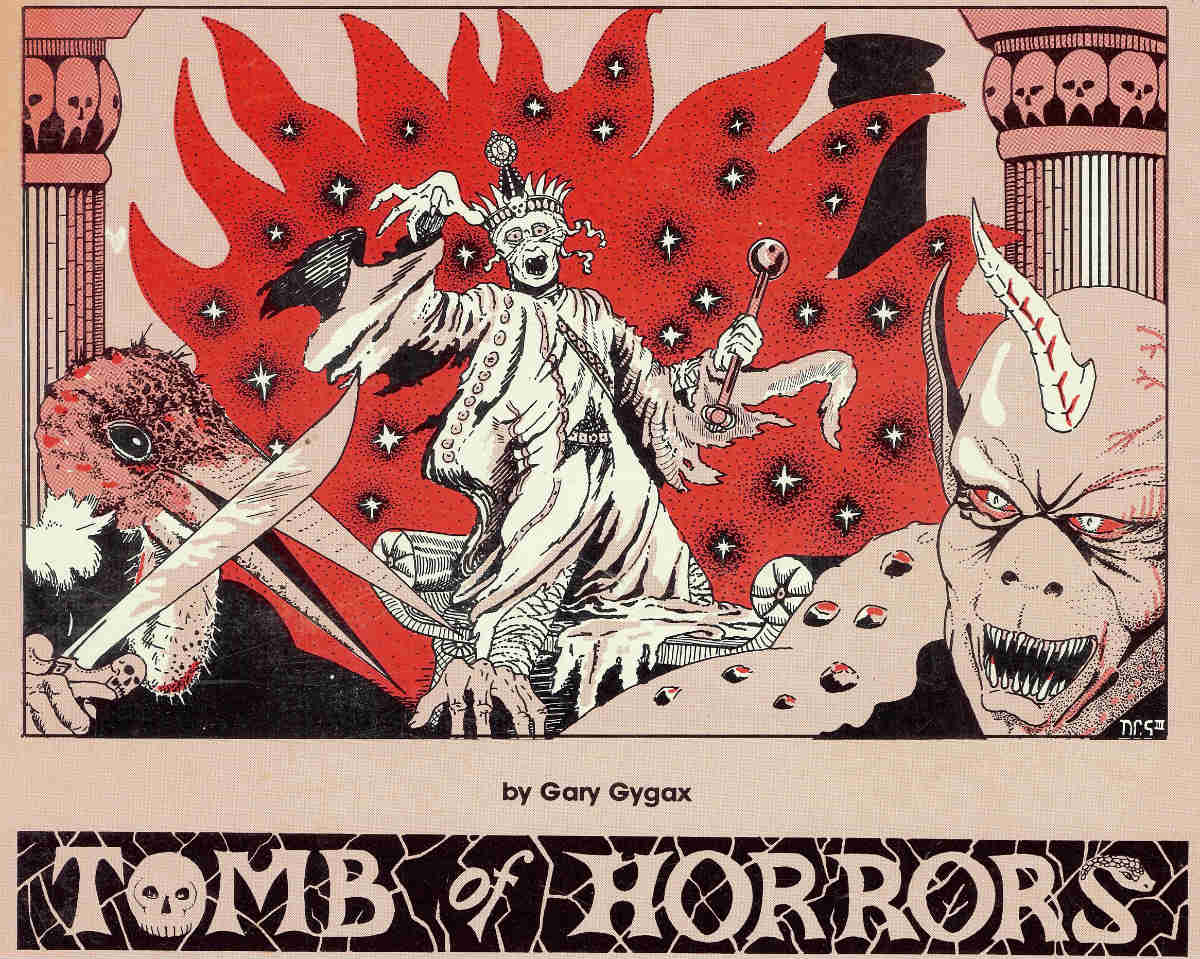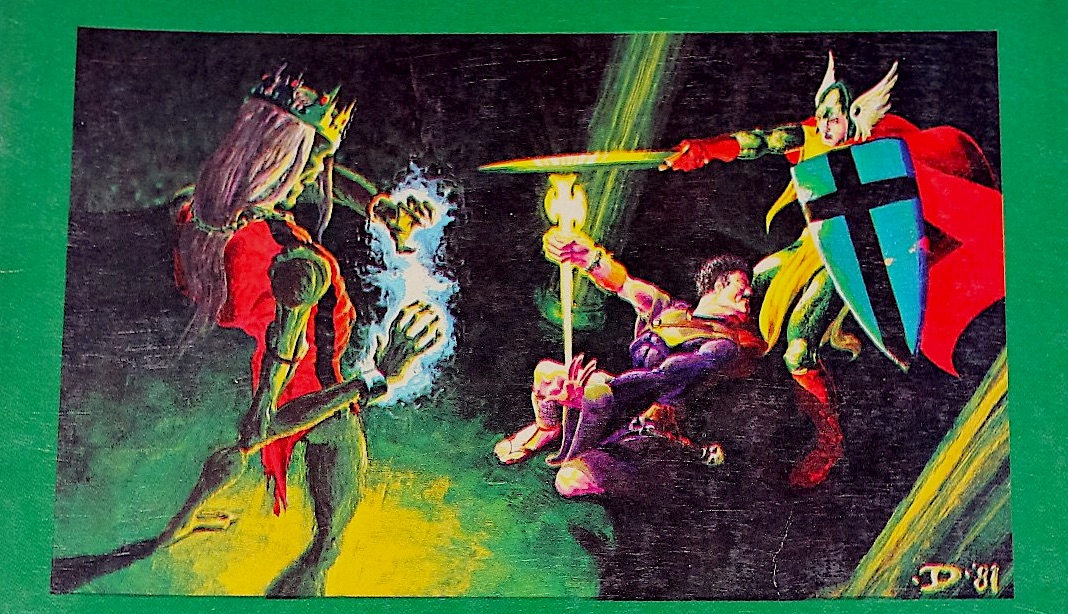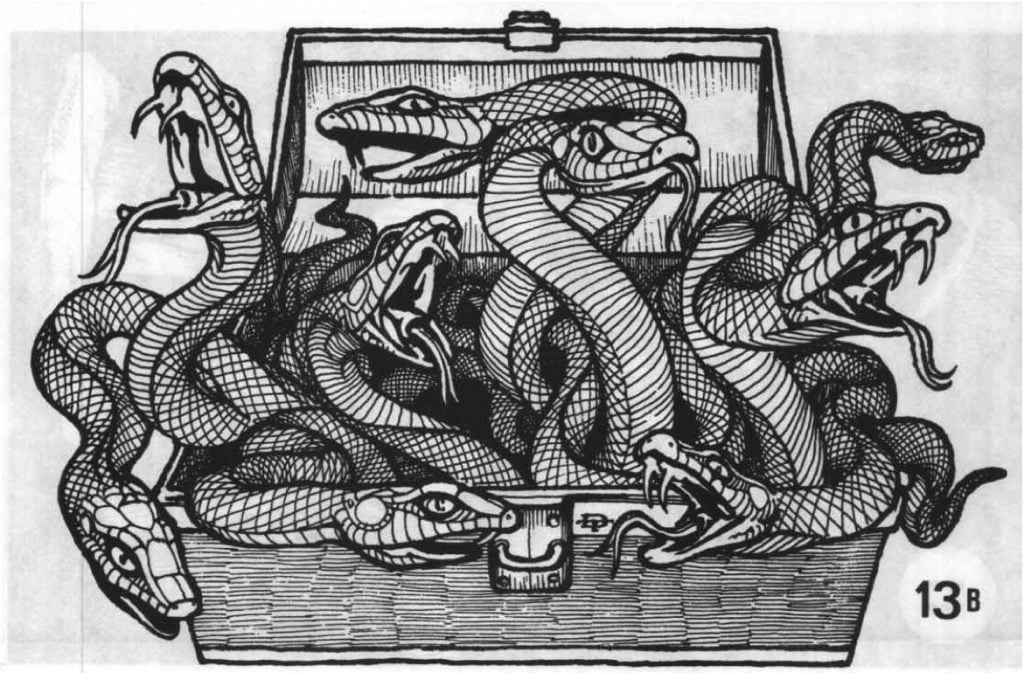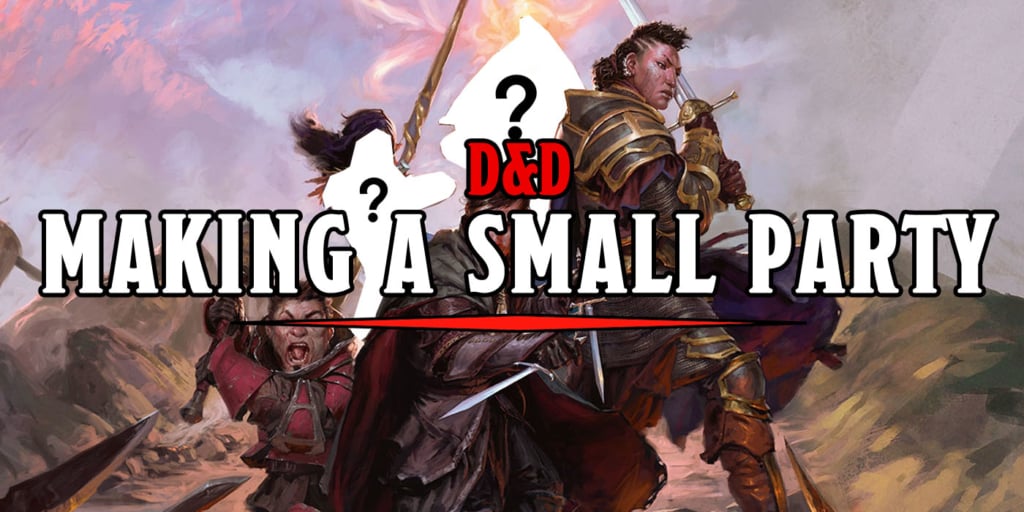D&D: Adventurer’s Guide To The Tomb Of Horrors
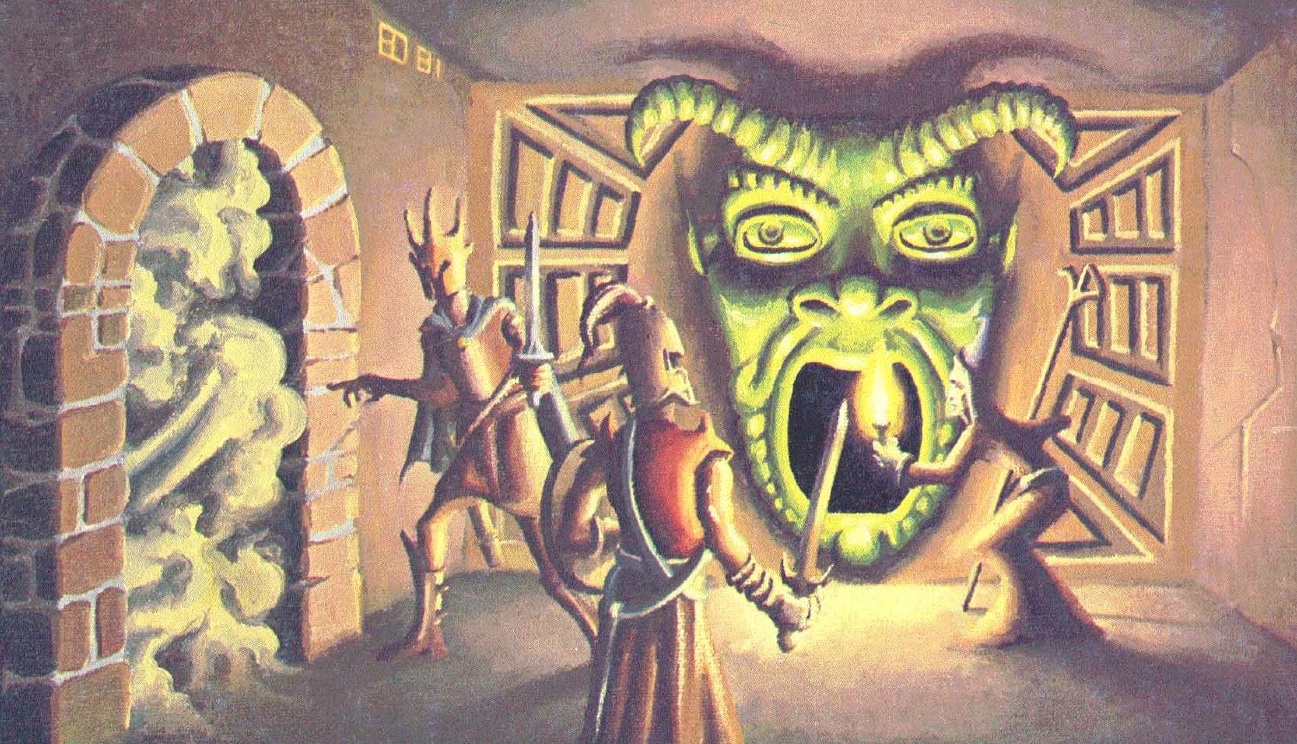

The Tomb of Horrors is an infamous dungeon–but what exactly makes it so deadly? Let’s find out.
The Tomb of Horrors is one of the most infamously deadly dungeons in all of D&D. Create in-game by the dread demilich Acererak to separate adventurers from their souls (so he could retain his immortality), and out of game by E. Gary Gygax as a way to separate characters from players who didn’t stop to think. And though at times, it can fall into the realm of gotcha traps that kill you instantly without a roll for making the wrong choice (despite having no in-game clues as to how to avoid the fate), it remains a classic dungeon.
It asks a lot of players, but surprisingly, combat is not one of the things it demands. Fights are actually few and far between in the dungeon. Most of its lethality comes from descriptions designed to entice players into exploring their environment, often with lethal consequences.
This is, after all, the module that Gary Gygax kept close at hand so he could deal with the people who would come up to him and say that their characters were unstoppable. He’d pull out his portfolio, run them through it, and hand them back the shredded remains of their characters.
Which makes sense, because as you flip through the pages of this fabled module, there are plenty of places where it didn’t matter how bad a dude your character was, if you weren’t quick thinking (and if your brain didn’t work the exact way that Gygax’ did) you could end up dead. Sometimes even if you did everything exactly right, your character would die. Because that’s how the dice fell. Just a little bit of bad luck could ruin a run through the tomb. A low saving throw could leave you paralyzed and crushed by falling rocks. Or killed by poison gas, or turned to slime. Or killed in a confrontation with (what the characters believe to be) a lich.
But what makes it stand out is that it’s a dungeon that’s meant to challenge the Player not the Character. Your characters’ abilities won’t really help you at all, it’s up to you, the player, to try and defeat the dungeon. Take the first thing players have to deal with as they try to enter the tunnel. There are three tunnels, but only one is right. Make the wrong choice and you’ll get damaged by a collapsing ceiling (and have to dig your way out), or worse, get trapped by a stone block that drops in and seals you forever, unless you happen to have a way to escape from stone.
This sets the tone for the whole dungeon. You’ll have to be super attentive to detail if you want to survive. But when you are–when you solve a puzzle or get past a deadly trap or learn the secret trick to the dungeon (never open any box, they’re all full of snakes), or think your way around whatever obstacle is in front you–it’s a victory for the player as much as the character.
That’s not even an exaggeration.
Which is why this dungeon has such enduring popularity. For all that at times it seems full of gotcha moments, it’s a dungeon that’s aimed at the player’s abilities, not the characters. It works fantastically as a one-shot that can help shake up your group. You won’t find a ton of combats (there are a couple of difficult ones in the middle, but they aren’t the centerpiece), but you will find a lot of challenges. And a face with a sphere of annihilation in the middle of it. If you want to check it out (but also don’t want to trawl eBay), you can either get a reprint of it over at D&D Classics OR you can check out the latest 5th Edition version, which keeps the deadliness intact, that’s included in Tales From the Yawning Portal.
So whether you want to kill your players with a classic or with something modern, Wizards has got you covered with the Tomb of Horrors.
By the time you finish this outro, Acererak has killed three more adventurers. Have you ever made it through the Tomb of Horrors?

